When Adolf Hitler sent German troops to Greece to help extricate his Italian allies from an embarrassing situation, he was, in part, repaying a debt to Benito Mussolini for being given a free hand in Austria three years earlier. In March 1938, German troops entered Vienna and ushered in the Anschluss, a political union of Austria with Germany, nations that shared a common border, language, and Germanic heritage. Although these two countries had much in common, the protector and defender of Austria for many years had been Italy. During the 1930s, the government of Austrian Chancellor Engelbert Dollfuss had been decidedly fascist, and Mussolini had acknowledged his country’s paternalistic role in the affairs of its neighbor.
“Please tell Mussolini I will never forget him for this…. I shall stick with him whatever may happen, even if the whole world gangs up on him,” Hitler instructed his envoy in Rome when told that Il Duce had acquiesced to his plans.
The situation in 1938 was the polar opposite of what it had been just four years earlier. In an attempt to retain control in his country, Dollfuss had outlawed both the right-wing Nazi party in Austria and the Socialists of the political left. In July 1934, Dollfuss was assassinated during an attempted coup by Austrian Nazis.
The coup unraveled when Education Minister Kurt von Schuschnigg took control of the government and arrested the conspirators. The world press condemned the Nazi attempt to topple the legitimate government of Austria. Great Britain and France, however, stopped short of committing to military intervention to guarantee Austrian independence. After all, was the protection of Austria not primarily the responsibility of the Italians?
When Dollfuss was assassinated, the chancellor’s family was vacationing in Italy at Mussolini’s villa on the Adriatic Sea. Il Duce saw to their safe return and ordered 50,000 Italian troops to the Brenner Pass on the Italian-Austrian frontier. Hitler was evidently convinced that the Italians meant business and backed off. Ironically, this was the only instance during the interwar years in which a European leader decisively met and thwarted potential territorial aggression by the Nazis. Mussolini furthered his stand against the Germans by entering an alliance with Britain and France signed in the small Italian town of Stresa.
The situation began to change dramatically by 1935-1936. Germany and Italy found common ground in their mutual support of the Nationalist forces of Generalissimo Francisco Franco during the Spanish Civil War. The British concluded a naval treaty with the Germans which made the Stresa agreement essentially meaningless, and Italy embarked on its own military venture in Ethiopia, which alienated the country from her erstwhile allies.
Mussolini was impressed with Hitler’s bold reoccupation of the Rhineland. He also became convinced that the British and French could not be counted on in the event that a hostile stand against Germany required military action. It appeared that closer ties to Hitler might ultimately be profitable for Italy. In November 1936, the two dictators formed what a politically pragmatic Mussolini called the “Rome-Berlin Axis.” This was followed by the Pact of Steel in 1939 and the Tripartite Pact, which included Japan, in 1940.
When Hitler made his decisive move against Austria, Chancellor Schuschnigg was thrown into a concentration camp, where he remained until 1945. Hitler entered Vienna in triumph. Il Duce said nothing. That September, with Mussolini at his side, Hitler effectively bullied British Prime Minister Neville Chamberlain and French Premier Edouard Daladier into signing Czechoslovakia’s death warrant at Munich. The invasion of Poland was only a year away.
During WWII, German troops came to the aid of the foundering Italians in North Africa and Greece. In 1943, elite German commandos plucked Mussolini from mountaintop captivity and flew him to safety. Uncharacteristically, Hitler kept his promise to stand by the Italian leader. Politics had indeed made strange bedfellows.
Michael E. Haskew
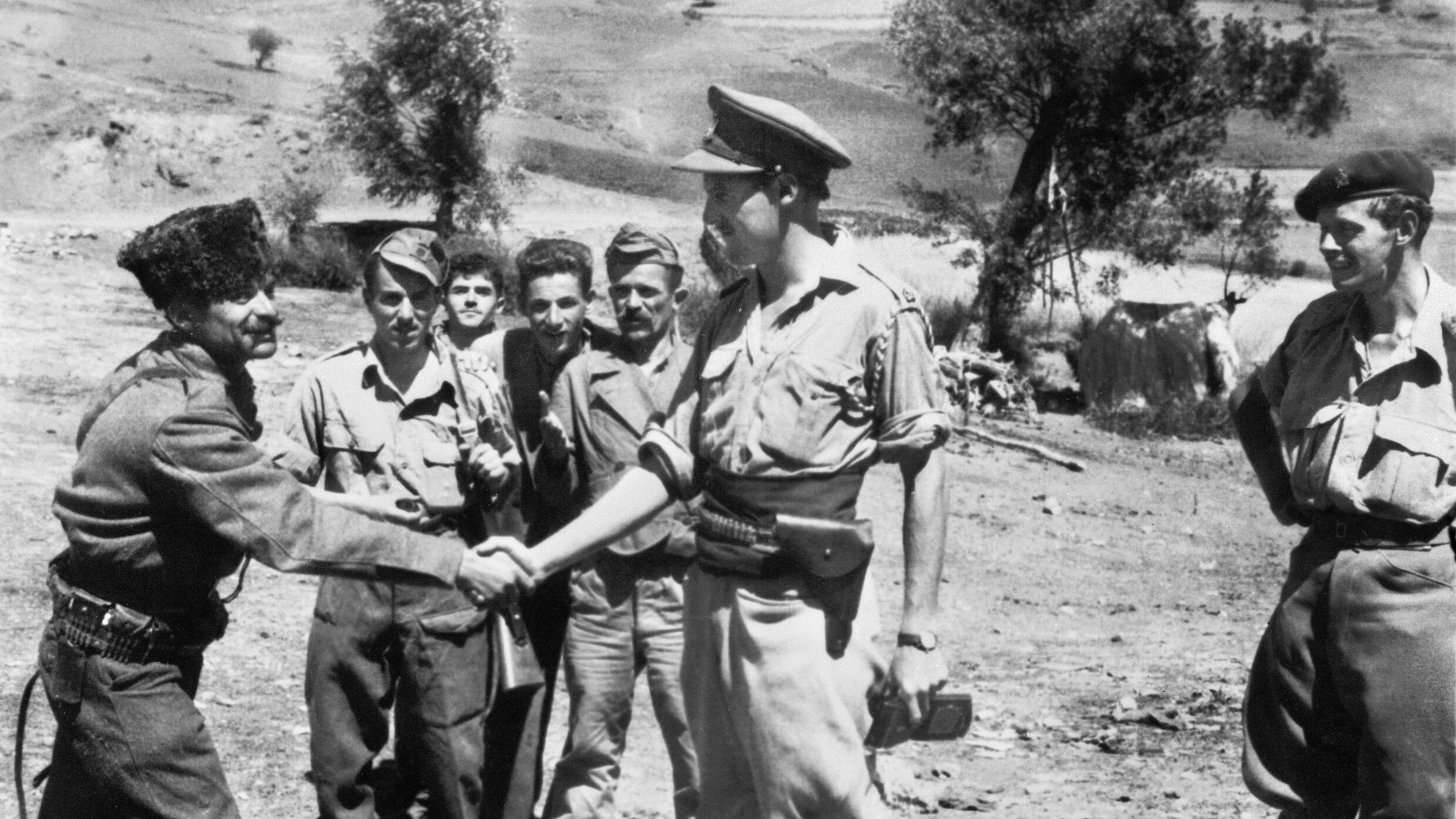
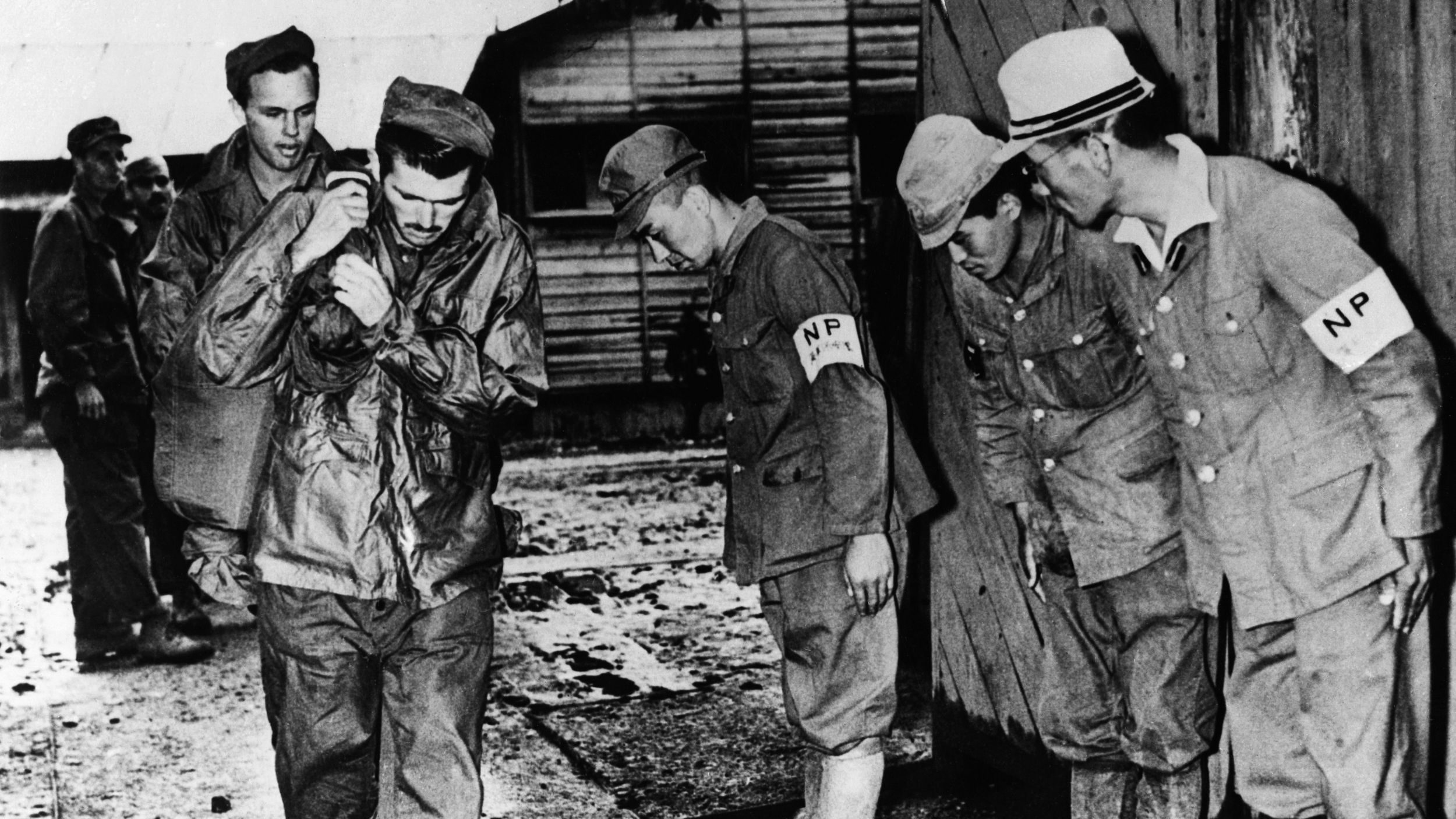
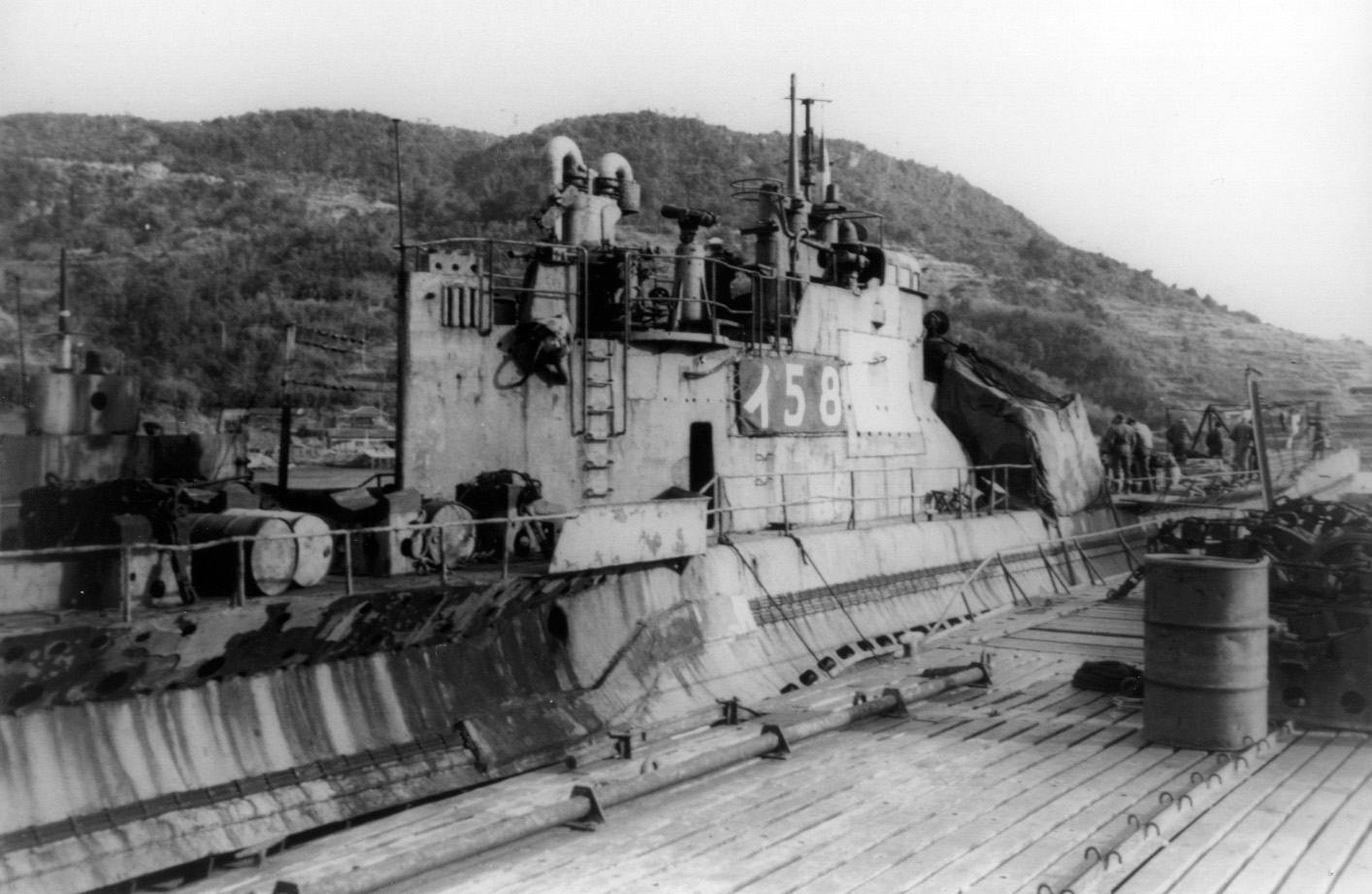
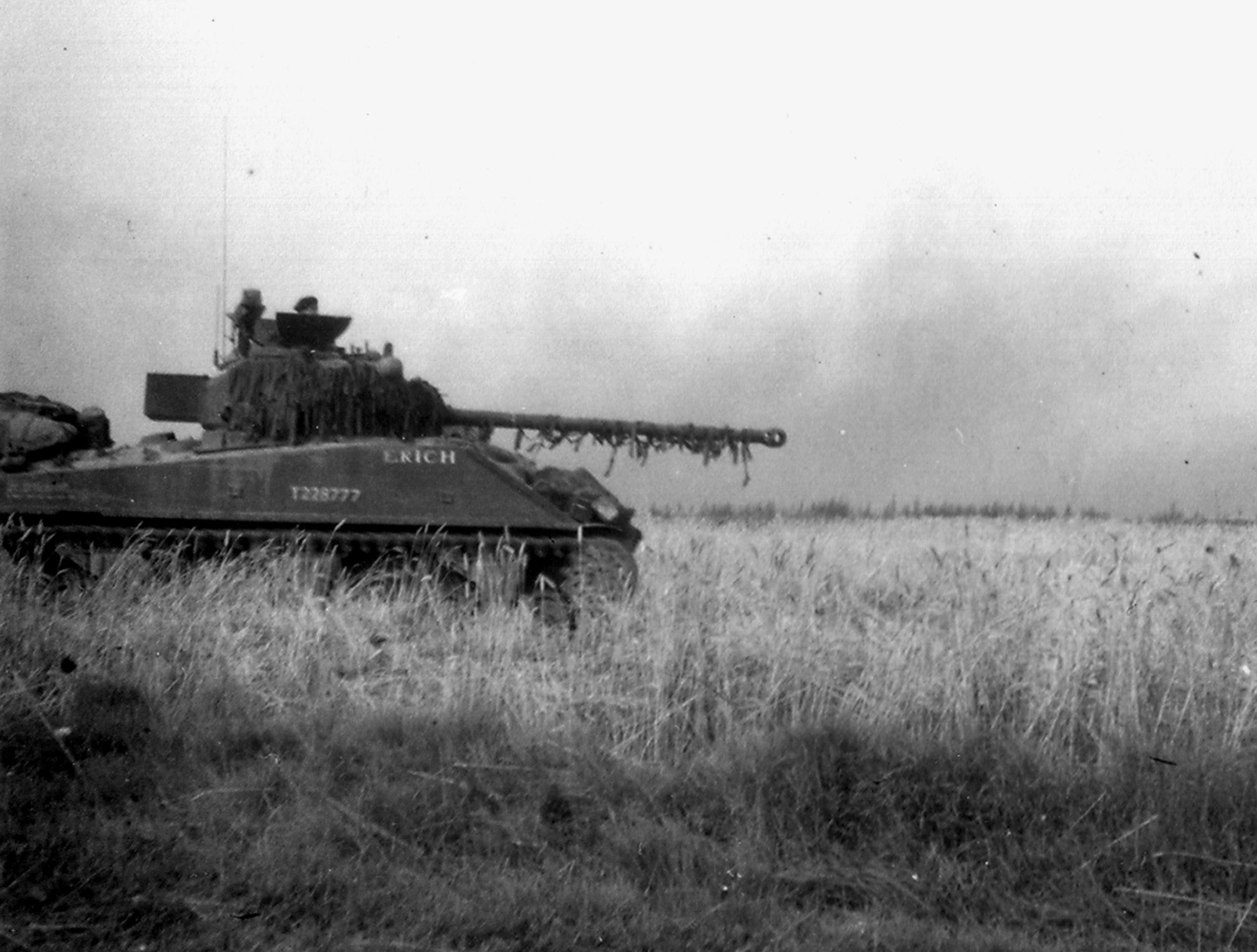
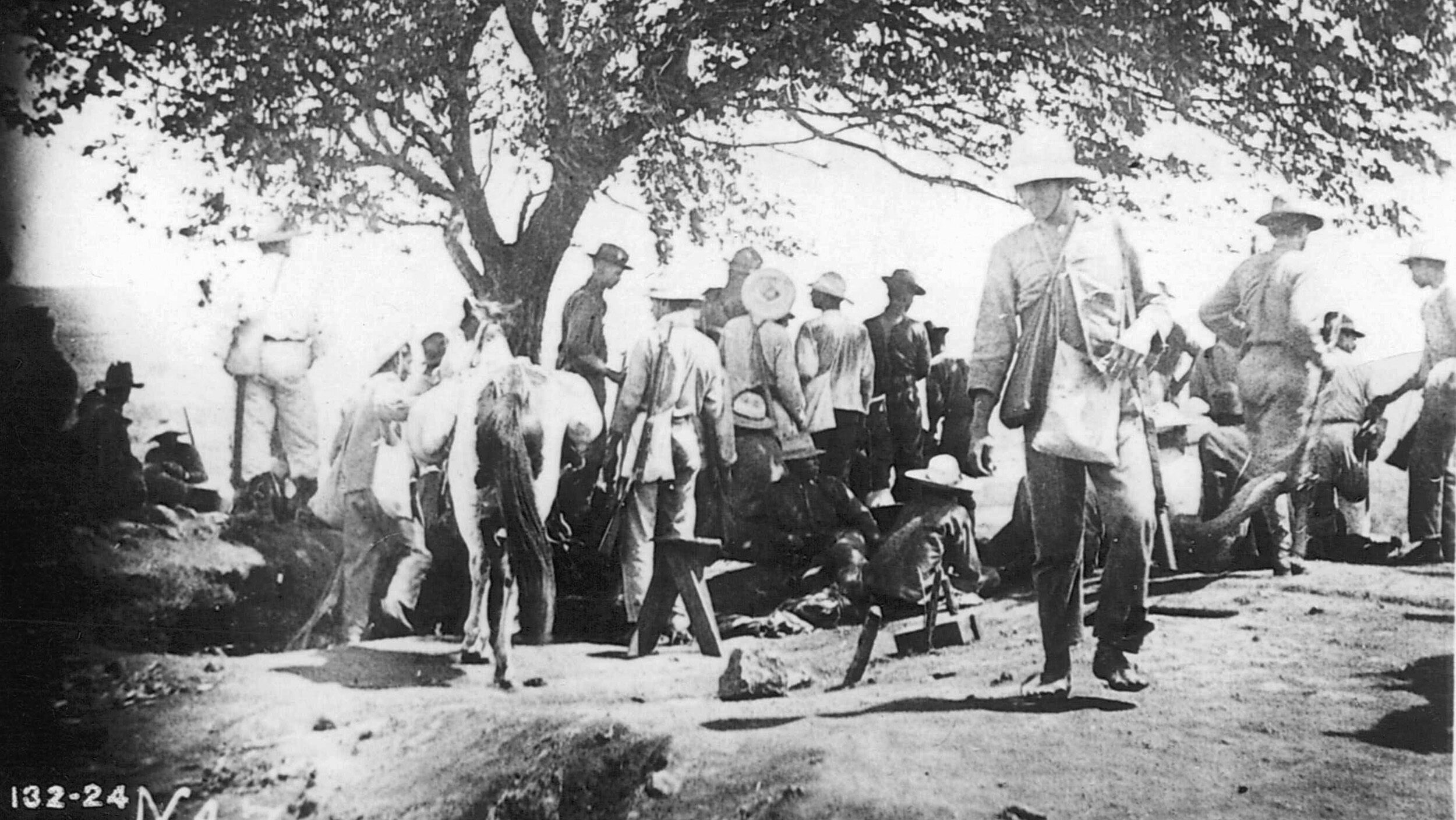
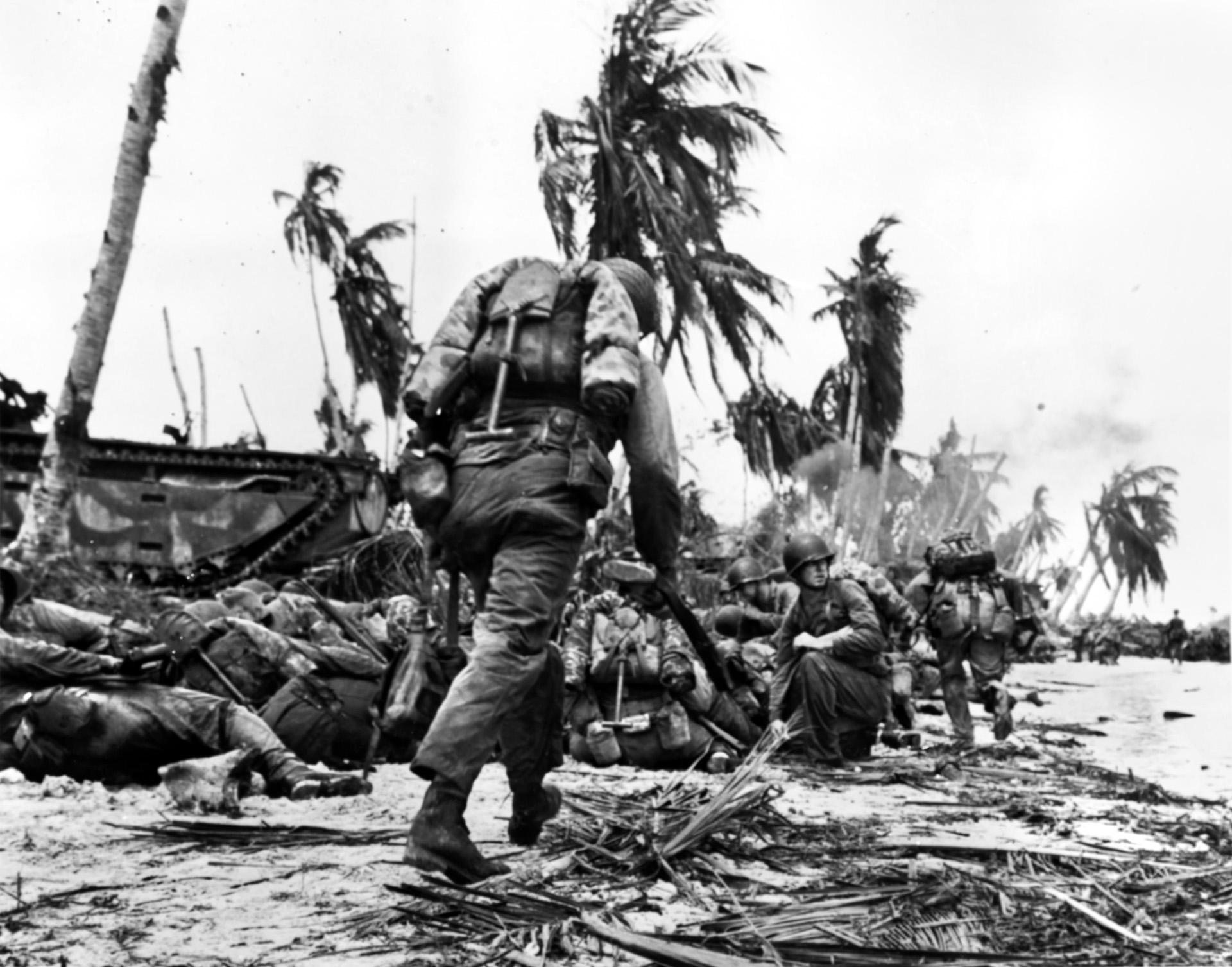
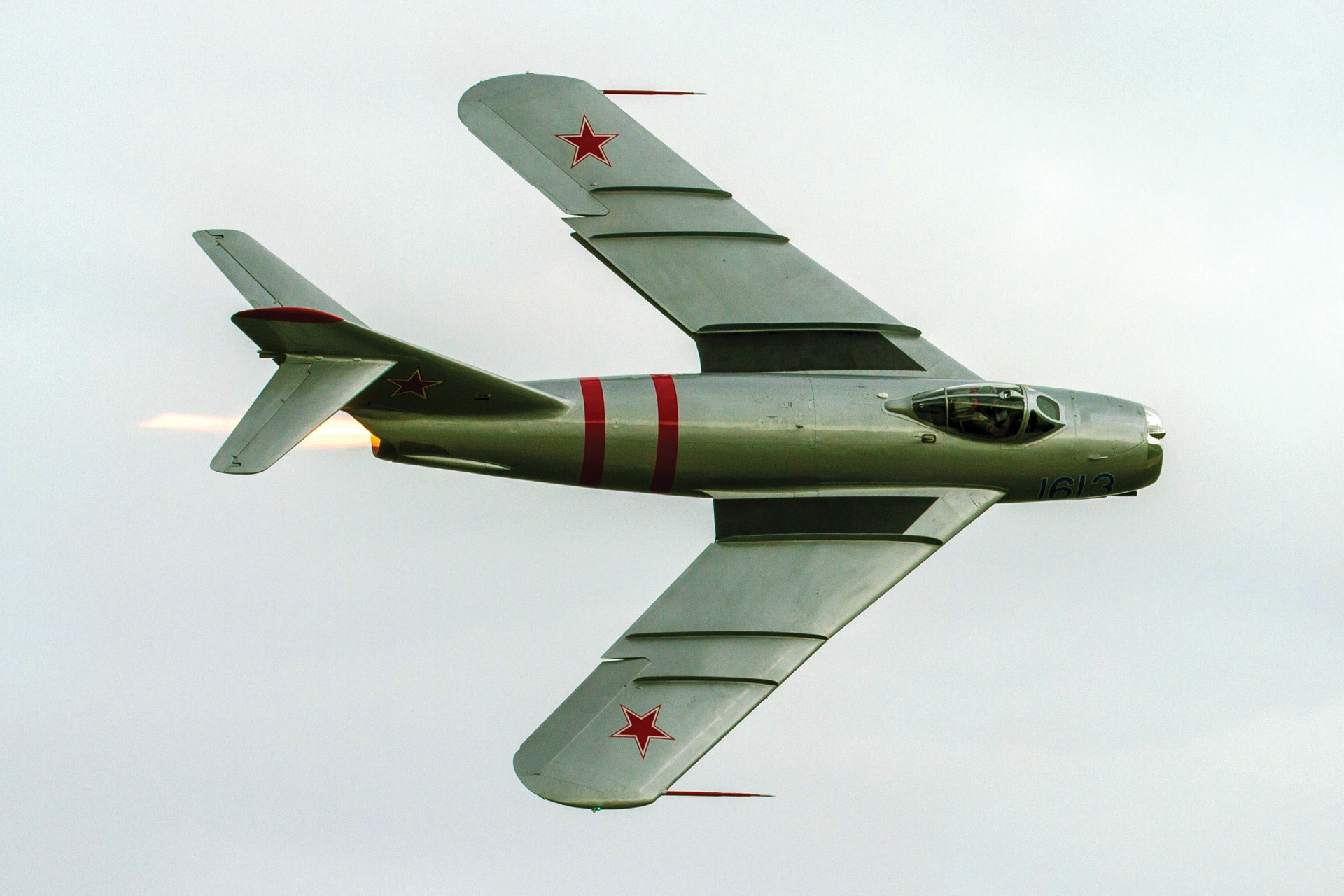
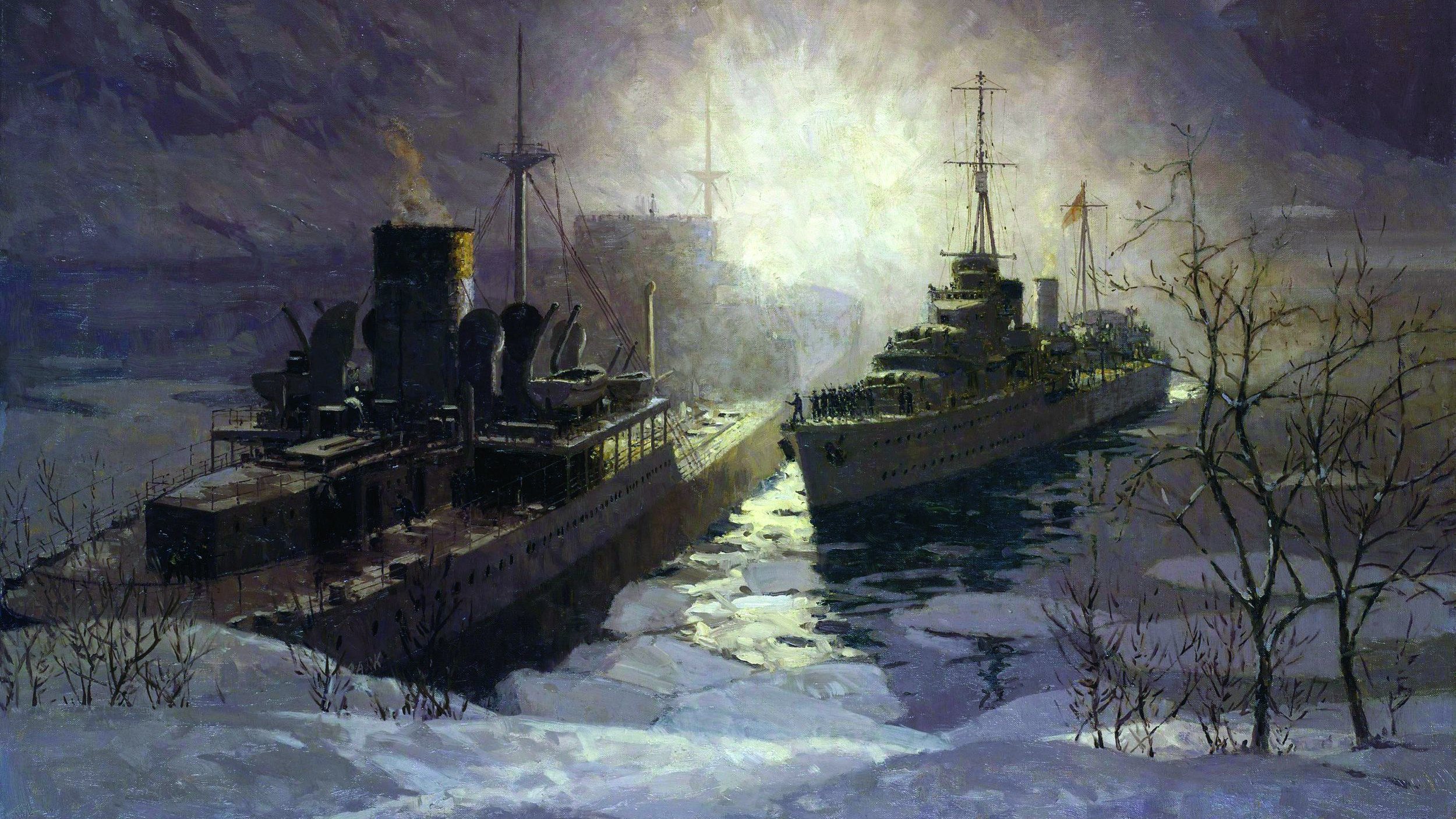
Join The Conversation
Comments
View All Comments